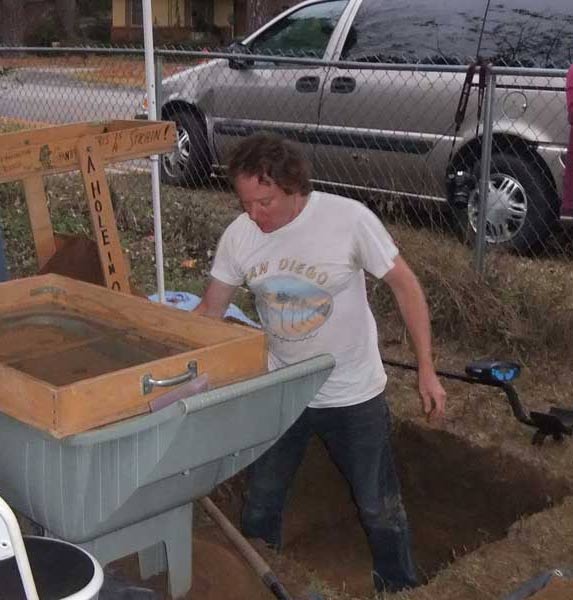Finding a 1540 de Soto Crossing

In 1539, Hernando de Soto began the first European deep expedition of
what is now the United States. In his ten ships were 700 Spanish and
Portuguese men. Among them were three men who would chronicle the
expedition making this the beginning of recorded history in the area of
today's United States of America. Luys Hernandez de Biedma was sent by
the King of Spain to record the expedition. Biedma's work was 10,000
words long.
An unnamed Portuguese man from Elvas kept the second account (called
Elvas) which was 50,000 words long.
The private secretary of de Soto, Rodrigo Rangel, wrote a 20,000 word
Spanish account.
The expedition encountered many hardships. Some of them involved
physical obstacles. Our modern day research focuses on one particular
type of obstacle. Crossing a wide river was a big problem for de Soto,
his men, their equipment, and hundreds of horses and livestock. The
chroniclers described these crossings with interesting details which
allow us, today, to make a good guess at what rivers and locations they
were crossing. Our project will use the work of experts, most notably,
anthropologist Dr. Charles M. Hudson (1932-2013) who spent many years
studying the de Soto chronicles. Dr. Hudson has provided us with
several possible
locations to study.

The idea for this project began in 2008 with the South Carolina
Historic Crossings Project which documents hundreds of historic river
crossings in South Carolina. This de Soto project was officially
started in 2015 after several discoveries were made which provided the
foundation for a meaningful study of the possible sites for de Soto's
river crossing near
today's Columbia, South Carolina.

 The idea for this project began in 2008 with the South Carolina
Historic Crossings Project which documents hundreds of historic river
crossings in South Carolina. This de Soto project was officially
started in 2015 after several discoveries were made which provided the
foundation for a meaningful study of the possible sites for de Soto's
river crossing near
today's Columbia, South Carolina.
The idea for this project began in 2008 with the South Carolina
Historic Crossings Project which documents hundreds of historic river
crossings in South Carolina. This de Soto project was officially
started in 2015 after several discoveries were made which provided the
foundation for a meaningful study of the possible sites for de Soto's
river crossing near
today's Columbia, South Carolina. 